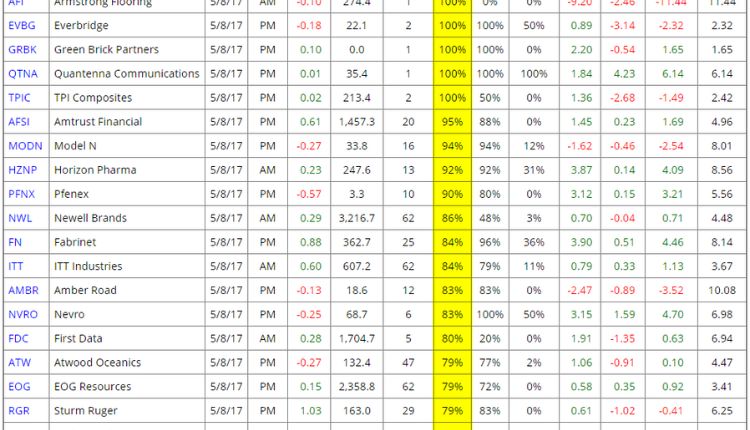The stock market is full of uncertainties, and investors need to be well-informed to make smart investment decisions. One of the critical tools that can help investors stay on top of the market is an earnings calendar. In this article, we will provide a comprehensive guide on earnings calendar, including its definition, how it works, and how investors can use it to maximize their investment opportunities.
What is an Earnings Calendar?
An earnings calendar is a schedule of dates on which publicly traded companies release their quarterly or annual earnings reports. These reports provide valuable information to investors, including a company’s financial performance, revenue, expenses, and earnings per share. Companies typically release their earnings reports four times a year, and the dates are predetermined and announced to the public well in advance. The earnings calendar helps investors plan their investment strategies based on the expected earnings announcements of the companies they are interested in.
How Does the Earnings Calendar Work?
The earnings calendar provides investors with the dates on which companies will release their earnings reports. The report release dates are important because they can significantly impact a company’s stock price. Before the earnings report is released, investors have access to estimates from analysts and experts on what to expect from the company’s financial performance. These estimates are based on a variety of factors, including the company’s historical performance, industry trends, and market conditions.
When the earnings report is released, investors can compare the actual results with the estimates to assess the company’s financial performance. If the actual results are better than expected, the stock price may increase, and if they are worse than expected, the stock price may decrease. As a result, investors may decide to buy or sell stocks before or after the earnings report is released, based on their investment strategy.
How to Use the Earnings Calendar to Maximize Investment Opportunities
The earnings calendar can be a valuable tool for investors to maximize their investment opportunities. Here are some tips on how investors can use the earnings calendar to their advantage:
- Keep track of important dates: Investors must keep track of the dates on which companies release their earnings reports and add them to their calendar. They must also pay attention to any changes in the schedule, such as delays or early releases.
- Analyze the earnings reports: Investors must carefully analyze the earnings reports to understand a company’s financial performance. They must pay attention to key metrics such as revenue, earnings per share, and net income. They should also compare the company’s financial performance with its competitors and industry benchmarks.
- Plan investment strategies: Investors must plan their investment strategies based on the earnings reports. If a company’s earnings report is positive, investors may decide to buy its stocks, and if it is negative, they may sell its stocks. However, investors must also consider other factors such as market trends, economic indicators, and company news.
Benefits of Using an Earnings Calendar
The earnings calendar has several benefits for investors, including:
- Staying up to date with a company’s financial performance: Investors can use the earnings calendar to stay up to date with a company’s financial performance and make informed investment decisions.
- Maximizing investment opportunities: By analyzing the earnings reports, investors can identify investment opportunities and plan their investment strategies effectively.
- Making informed investment decisions: The earnings calendar provides investors with valuable information that can help them make informed investment decisions.
Conclusion
An earnings calendar is a valuable tool for investors as it provides a schedule of dates on which companies release their earnings reports. By using the earnings calendar, investors can stay up to date with a company’s financial performance, identify investment opportunities, and plan their investment strategies effectively. However, investors must also consider other factors such as market trends and

